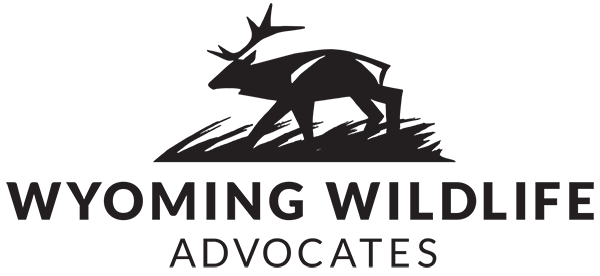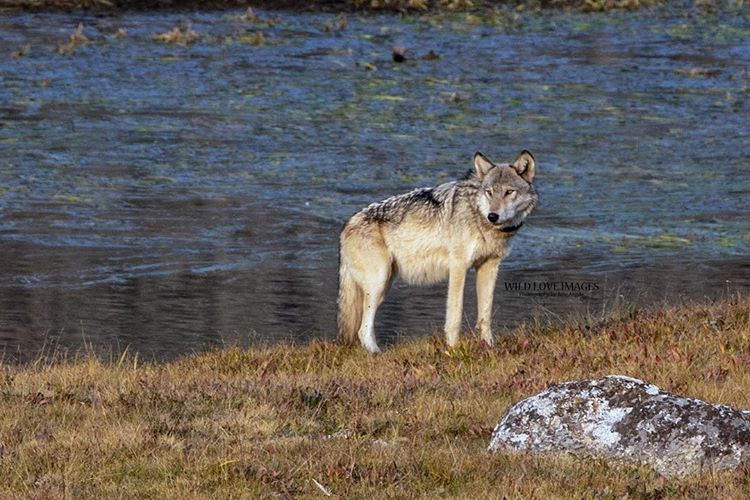The state of Idaho is at it again. Looking for more ways to kill wolves and reduce the population. While at the same time, giving out bounties for people who kill wolves. The state uses inconsistent and questionable population estimates and wants to reduce the entire wolf population to 500, down from 1,300. The state is proposing a six year plan that will increase hunting and trapping seasons and continue unlimited numbers of wolves that can be killed by a single person.
Recent research shows that wolf packs that have a wolf killed by humans experience significant pack disruption, especially when it is the alpha male or female.
Idaho Draft Wolf Management Plan 2023 – 2028 (includes link to comment submission and the draft plan)
Talking points for submitting comments:
1) There is no ecological basis or justification for reducing wolf numbers to only 500 statewide. The State of Idaho is home to approximately 4,000 mountain lions, 20,000 black bears, 120,000 elk, and 400,000 deer. The US Fish and Wildlife Service did not establish a cap for Idaho’s wolf population in the 2009 Delisting Rule but only a minimum number. Idaho’s proposed 500 cap on the wolf population is politically driven and not ecologically justified.
2) Elk hunters’ success remains above the ten year average and last year marked the eighth year in a row where elk harvest eclipsed 20,000, which has happened only one other time dating back to the 1930s indicating that wolves are clearly not a threat to elk or hunter success. To the contrary, a healthy wolf population would be an asset to combatting the Chronic Wasting Disease which is beginning to appear in deer herds in Idaho. IDFG plans to cull ungulates where CWD has appeared, but wolves provide additional and perhaps even more effective influence on reducing diseases from elk and deer herds. Current and longer-term elk and deer populations and hunting success levels do not justify a cap of only 500 wolves in Idaho.
3) The State of Idaho claimed in the 2002 state wolf management plan and subsequent delisting hearings that it was the state’s intent to manage wolves like bears and mountain lions. There are more than 20,000 black bears and approximately 4,000 mountain lions in Idaho. Combined with wolves, these three predators affect under 0.01 percent of the total 2.5 million head of livestock. Specifically, livestock confirmed and probable losses to wolves average under 200 sheep or cattle per year, and a federally-funded program provides compensation for confirmed livestock lost to wolves. Capping the wolf population at only 500 wolves statewide is clearly not justified by the minimal number of livestock conflicts attributed to wolves.
4) Bounties: Choosing to engage in contracts with third parties that provide financial incentive (aka bounty payments) to kill wolves of all ages including their newborn pups is not acceptable, ethical, or responsible wildlife management, nor is it consistent with any other examples of wildlife management in Idaho or nationally. Indeed, it violates the basic tenets of the North American Model of Wildlife Conservation, a model strongly endorsed by Idaho Department of Fish and Game. Specifically, the draft wolf plan violates this model by:
- Allowing politics and not just “decisions based on facts, professional experience, and commitment to shared underlying principles, rather than strictly interests of hunting, stocking, or culling of predators”;
- Ignoring the tenet that wildlife should only be killed for a legitimate purpose (and not political). There is no legitimate purpose to cap the wolf population at 500.
- Allowing commercial hunting (aka bounties) which is forbidden among the seven major tenets;
- Ignoring that wildlife is owned by all citizens and not a minority of people who are politically driven to kill wolves.
- Further, according to the Boone and Crocket Club, fair chase hunting is the ethical, sportsman-like, lawful pursuit, and taking of any free-ranging, wild, native North American big game animal that does not give the hunter an unfair advantage. Encouraging the killing of pups and their mothers in dens, unlimited trapping and snaring, and year-round hunting is not fair chase hunting.
5) The State of Idaho has allocated one million dollars to kill wolves despite negligible to no gains in livestock protection since wolves were delisted under federal protection. Driving wolf numbers down will require even greater funding as the lower the population goes, the more expensive it is to kill wolves and to monitor the wolf population. In comparison, $1.2 million in liquor taxes is levied for public school funding statewide annually. Idaho should make better use of these funds than wasting them on killing wolves for political reasons. There is no economic justification that supports capping the population at only 500 wolves.
6) Wolves are social creatures much like people and losing family members breaks up families, which makes it harder for younger wolves to survive. Starvation is a strong motivation for predators that turn to killing livestock to survive. Healthy wolf families are easier to monitor and have greater success at surviving on native prey: elk and deer. Breaking up family groups known as packs makes it much harder to protect livestock and increases the cost to monitor the wolf population. There is no ecological or livestock protection justification for killing 60 percent of the state’s wolf population and capping it at only 500 wolves.
7) IDFG’s mission states that wildlife is to be taken in a manner that will preserve, protect, and perpetuate such wildlife for all citizens of the state. If Idaho cannot manage wolves in a manner consistent with other similar species, then a return to federal protection under the Endangered Species Act is necessary.
8) Resident versus non-resident: Tell them you’re from Idaho if you’re a current or past resident. Consider letting them know if you will not visit Idaho or purchase Idaho products in protest of the state’s persecution of wolves if you are not a resident. Idaho is more than 60% federal lands, which means that every American taxpayer is co-owner. The proposed management plan (p. 19) states that since July 1, 2021, 88% of the wolves killed were on public lands. We all deserve a voice in decision making.
Read more about the plan and how to comment HERE.
Photo: Julie Argyle Wild Love Images

